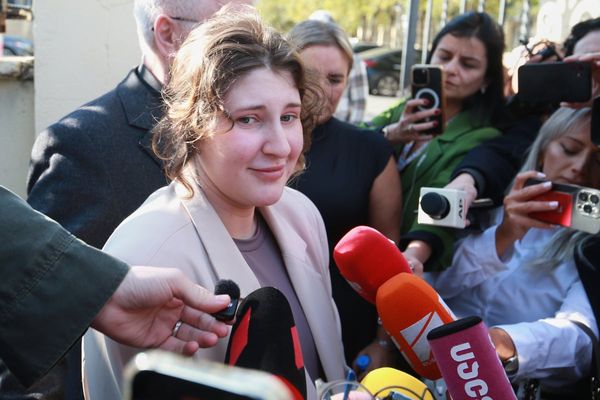
President Donald Trump’s new legislation is creating major budget problems for state governors across the country, particularly affecting healthcare and food assistance programs for low-income Americans.
According to Politico, the cuts in federal funding are forcing state leaders to make difficult choices between raising taxes or reducing essential services, including Medicaid coverage. This situation is especially challenging for the 20 governors facing reelection in 2026, particularly as other Trump family members eye political opportunities in the upcoming midterm cycle.
“We don’t put these budgets together that have a lot of fluff and rainy day funds that are easily accessible,” said Kansas Governor Laura Kelly, who leads the Democratic Governors Association. Kelly added that governors are now in “a world of hurt and concern” as they try to handle these budget gaps.
States face severe cuts to healthcare and social services
In New York, Democratic Governor Kathy Hochul is dealing with an $11 billion budget deficit while preparing for reelection next year. The state expects to lose 63,000 jobs, with almost half coming from the healthcare sector.
Arizona’s situation is equally concerning, with Governor Katie Hobbs warning that the state cannot cover the losses from the federal cuts. About 360,000 Arizonans might lose their Medicaid coverage, and five rural hospitals are at risk of closing due to reduced funding.
$Trump's Big Bogus Bull is an extension of his WH-45 Administration signed 2017 Jobs Act and Tax Cuts signed into law-cut rate for big businesses from 35% to 21% pharmaceutical companies went into affect/effect
— Citizen Chi Town (@LesterS38734894) July 14, 2025
in 2018 added to federal deficit 1.9 trillion for ten year
Nevada’s Republican Governor Joe Lombardo, who earlier warned against Medicaid cuts, now faces a difficult balance between supporting his party’s tax cuts and managing the state’s budget shortfall. He has praised the bill’s no-tax-on-tips provision while his administration evaluates the full impact.
The timing of these cuts adds another layer of complexity to the situation. Most Medicaid and SNAP changes won’t take effect until after the midterm elections, which gives governors some time to adjust their budgets. However, state officials are already planning how to handle the reduced federal funding in next year’s budgets.
Public reaction to the legislation has been largely negative, with a recent Quinnipiac survey showing 55 percent of people opposed to the law and only 29 percent supporting it, reflecting broader concerns about Trump’s economic policy struggles on multiple fronts. This disapproval could affect upcoming elections, particularly in states where governors must balance their political messaging with the practical challenges of managing reduced budgets.
The impact is expected to be particularly severe in states with large low-income populations that heavily depend on federal assistance. These states often lack the tax base or political support to raise additional revenue, making it harder to fill the budget gaps created by the federal cuts.







